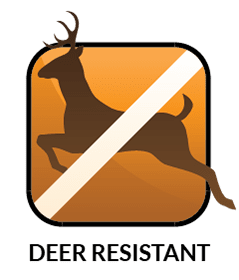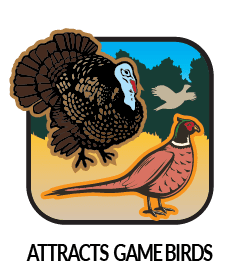Speckled Alder
Plant Type: Dormant, bare-root
Zones: 2-6
Soil Type: Clay, Loamy & Sandy Soils
Site Selection: Full Sun, Partial Sun
Mature Height & Width: 12-20' Height and 8-10' Spread
Growth Rate: Fast - 24" or more per year once established
Moisture Requirements: Average to wet soils





Speckled Alder
Alnus incana - rugosa
The Speckled Alder is a low and clump-forming shrub which is sometimes called a tree. This member of the birch family exibits 3" long green leaves and reddish-brown bark. While at home in wetter areas such as swamps, stream banks and lake shores, the Speckled Alder will also survive in upland areas with adequate moisture. This large shrub will adapt to a wide variety of soil types and can tolerate periods of flooding as well as the intermittent drought. When left to colonize on its own, the Speckled Alder will typically form a dense thicket. This species is a good choice for nutrient deprived soils and has good wildlife value.
The Speckled Alder is also known as the Tag Alder and Gray Alder.
Male trees produce catkins and female trees produce cones which contain seeds inside that many birds love. The root nodules of the Speckled Alder harbor naturally occuring nitrogen fixing bacteria, making it a good choice for disturbed site rehabilitation. This species also works well for erosion control and soil stabilization. The Speckled Alder can be kept to a single tree form by keeping the lower branches trimmed and nearby seedlings mowed or sprayed.
Common uses for the Speckled Alder include:
- Erosion control along the banks of streams and creeks
- Planting a thicket used for wildlife shelter and nesting cover
- Effective when used as a lower story of a windbreak
- Good wildlife value for game birds, wetland birds and songbirds
- Rehabilitation of disturbed sites such as mines
- Many natural health remedies have been credited to the Speckled Alder
Thickets of Speckled Alder are used as protective shelter by deer, rabbits, moose and other forest mammals. Moose, beavers, muskrats and rabbits will browse the leaves and twigs of this selection. The seeds and catkins that are produced are eaten by game birds such as grouse and woodcock. The Speckled Alder provides valuable nesting cover for many upland, wetland and songbirds alike. This species is important to beavers as they often use it to construct dams and dens. It's also beneficial when grown along banks of trout streams as it helps keep water temperature lower by providing suitable shade.





